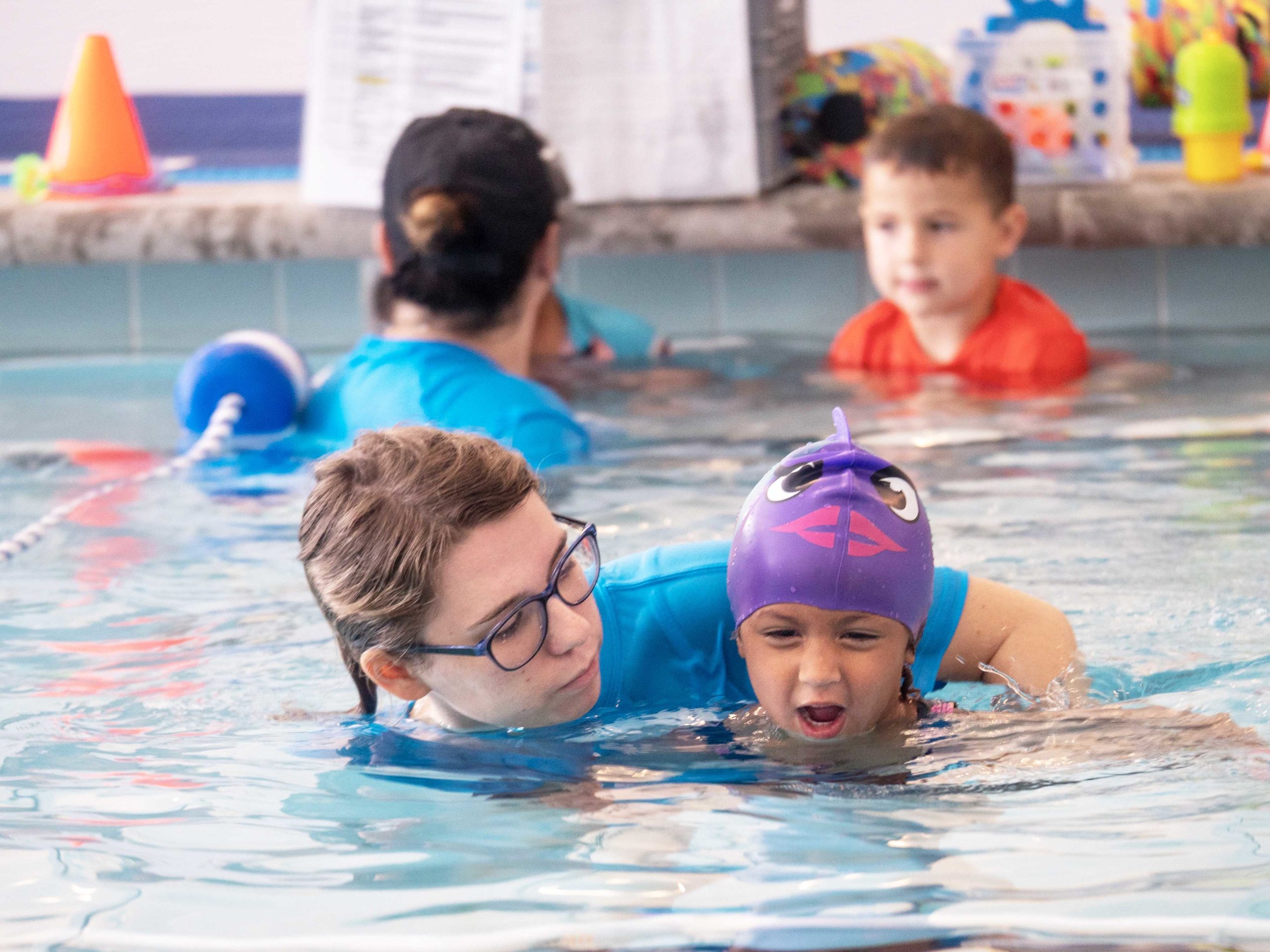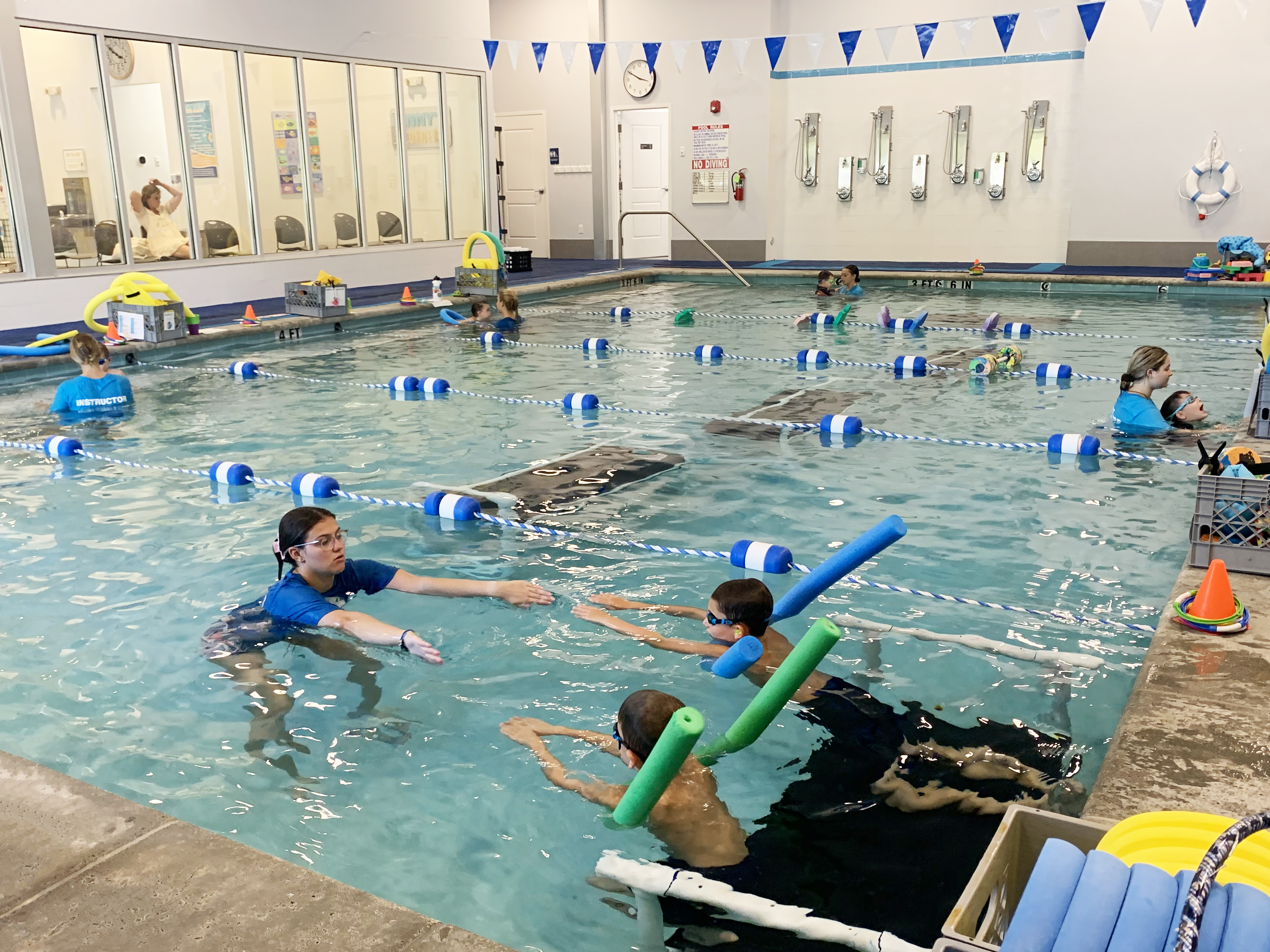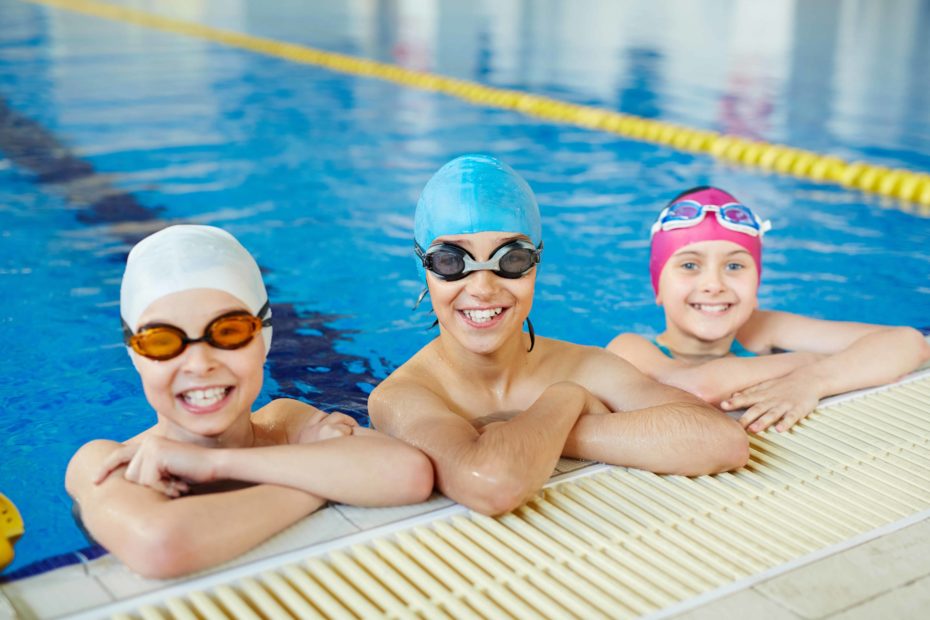Why Do Swim Lessons Cost So Much?
Swim lessons often come with a higher price tag compared to other children's activities due to several unique factors associated with aquatic...



We are often asked how our program differs from self-rescue programs. Here’s a quick run-down of the differences to consider as you find the best program for you and your family.
GOALS
Self-rescue lessons are very different from traditional swimming lessons, so it is important to identify what goals each method is pursuing.
Self-rescue lessons focus on exactly that: self-rescue. Survival is the only goal.
Lessons at Fish Tails pursue multiple goals simultaneously. Water safety is our highest pursuit, but not at the expense of creating fear or trauma. We believe children can become safer around the water while still enjoying the process and creating a love of swimming that will last a life-time. Exercise, motor skills, social skills, and FUN are all goals your child will achieve on the journey of learning-to-swim.
CURRICULUM
Self-rescue swimming lessons use repetitive motions in order to simulate what a child should do if they fall into the water without a parent or guardian present. Younger children participating in survival lessons will be taught to float until someone comes to get them. Older children may use a float-swim-float sequence.
Traditional swimming lessons like those taught at Fish Tails Swim School build a foundation for life-long swimming by teaching proper techniques while instilling a love of the water in each child. Skills are developed through games, repetition, songs, and play. The child primarily sets the pace and enjoys a positive instructor/child relationship.
SCHEDULE
Self-rescue lessons require a substantial time commitment. These lessons are typically held for 10 minutes each day, 5 days a week, for 4-6 weeks. Children may need multiple sets of sessions and/or refresher courses to attain/retain survival skills.
Fish Tails lessons are 30 minutes long, once per week with no set end date. We treat swimming lessons much like any other sport – for instance, you don’t participate in soccer drills for 2 weeks in order to become an official “soccer player”. Instead, you practice each week to develop new skills and hone foundational ones in order to improve your performance (and because you enjoy engaging in the sport!).
COST
Self-rescue lessons can cost anywhere from $80-150 each week or as much as $3/minute of instruction/pool time. Often a national registration fee of $100+ is required to get started.
In comparison, Fish Tails lessons cost $22 per week, which breaks down to $.73/minute of instruction/pool time. Our yearly registration fee is $35.
BOTTOM LINE?
Water safety is extremely important for any child, especially those living in South Florida. We encourage you to research all methods and decide on the one that best suits your family’s individual needs.
While you research, just remember: No child can be “drown proofed” and any program that leads parents to believe their child is no longer at risk for drowning is irresponsible and unethical. Swimming lessons are used as another layer of protection towards achieving water safety for all ages.

Swim lessons often come with a higher price tag compared to other children's activities due to several unique factors associated with aquatic...

While we don’t like to dwell on the devastating drowning statistics, we do feel it is important from time to time to recognize the risks we are...

2 min read
From horseback riding to music lessons, soccer practice to Lego teams, there are no shortage of options when it comes to after school activities....

Visit our Water Safety Blog for expert advice, family tips, and more!